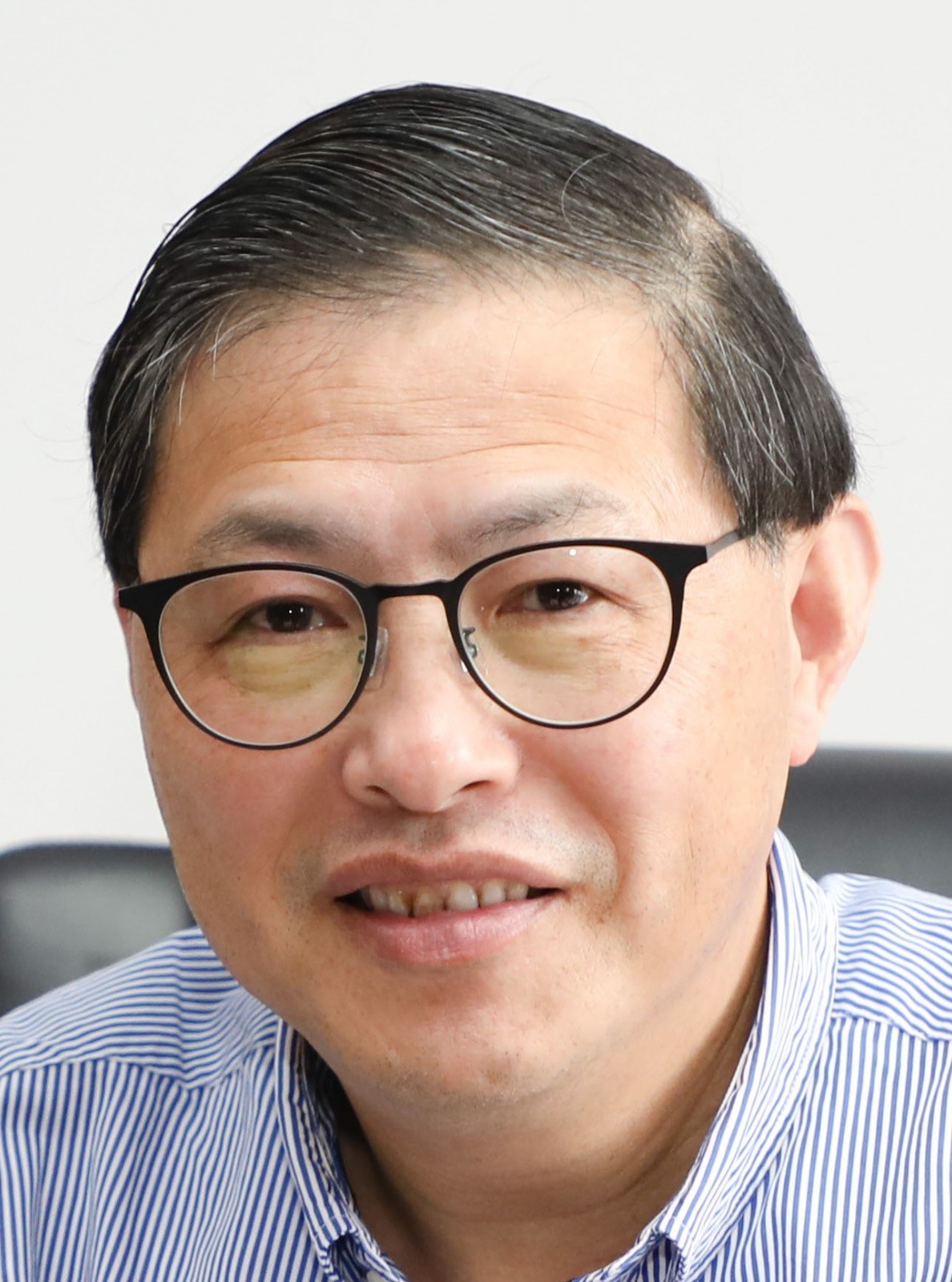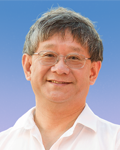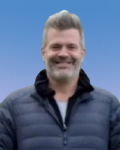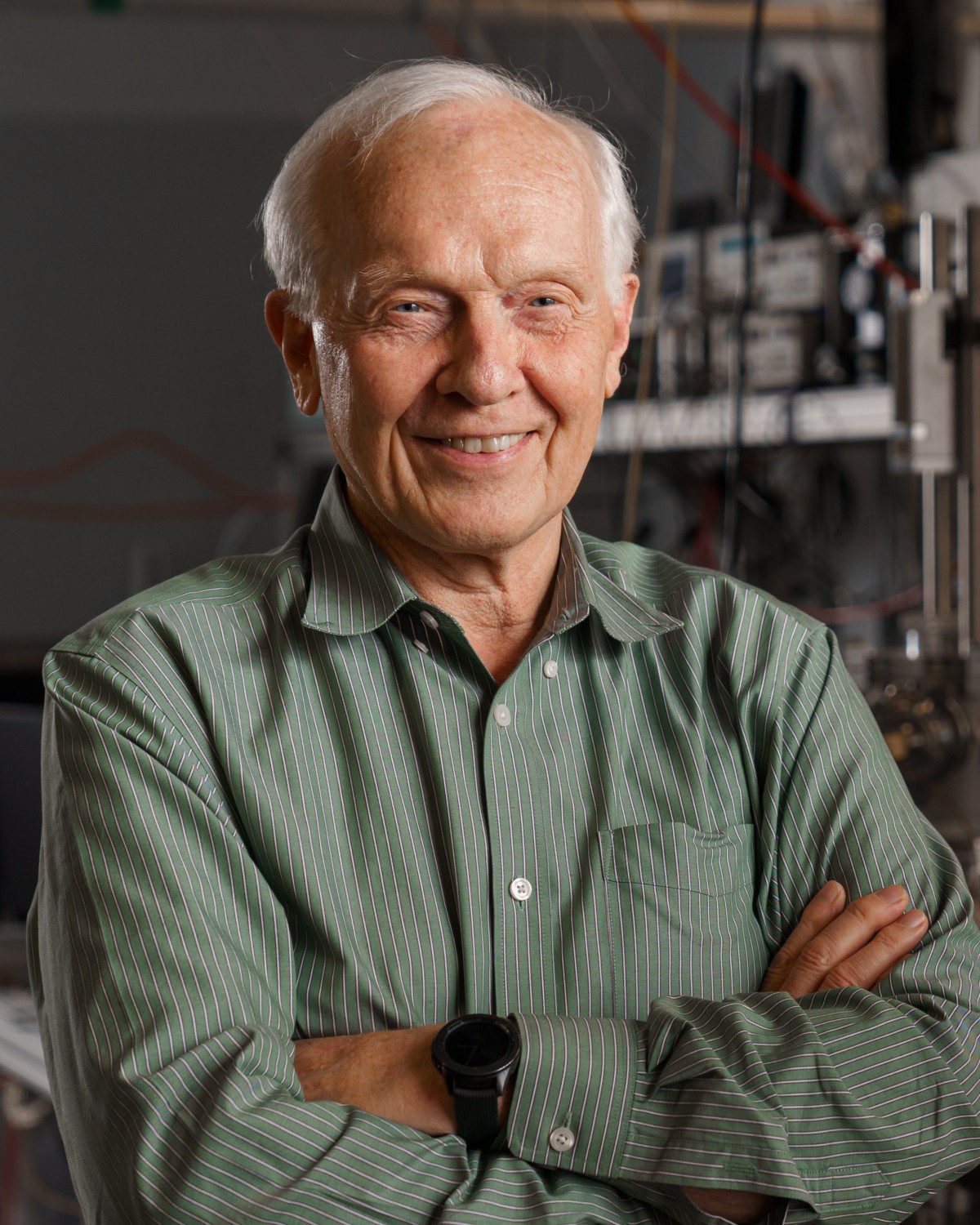

 | Min Gu, University of Shanghai for Science and Technology, China Title: Nanoscale information photonics with femtosecond laser writing ABSTRACT: Information photonics including optical data storage, holographic display and optical multiplexing has transformed massively our everyday life and global economy for a sustainable future. Nanophotonics, which studies optical science and technology at a nanoscale, has enabled the development of nano-scale optical and photonic devices that provide a green-technology platform. Abbe’s law, originating from the diffraction nature of light, has set up a barrier for any efforts from researchers to access extremely small regions in the nanometre scale. Using femtosecond laser writing in photonic fabrication has allowed us to overcome this resolution barrier and therefore enabled the emerging of a wide range of new nanophotonic devices. In this talk, I will present our recent development in nanoscale information photonics, in particular in holographic artificial intelligence in perovskite and other functional materials, achieved by femtosecond nanolithography. BIOGRAPHY: Professor Gu is Executive Chancellor and Distinguished Professor of University of Shanghai for Science and Technology. He was Distinguished Professor and Associate Deputy Vice-Chancellor at RMIT University, and a Laureate Fellow of the Australian Research Council, Pro Vice-Chancellor, and a University Distinguished Professor at Swinburne University of Technology. He is an author of four standard reference books and has over 550 publications in nano/biophotonics. He is an elected Fellow of the Australian Academy of Science and the Australian Academy of Technological Sciences and Engineering as well as Foreign Fellow of the Chinese Academy of Engineering. He is also an elected fellow of SPIE, Optica, IEEE, AIP, InstP and COS. He was President of the International Society of Optics within Life Sciences, Vice President of the Board of the International Commission for Optics (ICO) (Chair of the ICO Prize Committee) and a Director of the Board of Optica (formerly OSA) (Chair of the International Council). He was awarded the Einstein Professorship, the W. H. (Beattie) Steel Medal, the Ian Wark Medal, the Boas Medal and the Victoria Prize. Professor Gu is a winner of the 2019 Dennis Gabor Award (SPIE) and the 2022 Emmett Norman Leith Medal (Optica). |
 | Franz X. Kärtner Deutsches Elektronen Synchrotron, Germany Title: From Lightwave Electronics to Terahertz Accelerators ABSTRACT: Field emission from nano antennas with few-cycle optical pulses is sensitive to the carrier-envelope phase. We demonstrate single shot carrier envelope phase detectors by optimizing the plasmonic response of large-scale nano antenna arrays opening up the development of electronic circuits operating at optical frequencies. Such nanoantenna arrays may also enable the generation of bunched electron beams from a cathodes driven by strong mid-infrared fields. We show a compact RF-gun capable of accelerating pC electron bunches to 180 keV with the potential to compression to less than 30 fs ready for injection into a follow-on Terahertz accelerator. We will also discuss progress in the design and test of various Terahertz guns and accelerator structures with the goal towards applications in ultrafast electron diffraction and coherent X-ray sources. BIOGRAPHY: Franz X. Kärtner heads the Ultrafast Optics and X-rays Group at the Center for Free-Electron Laser Science at DESY and is Professor of Physics at Universität Hamburg. He received his MS and PhD degrees from Technical University of Munich in Electrical Engineering in 1986 and 1989, respectively, was a Feodor-Lynen Fellow of the Alexander von Humboldt-Foundation at the Research Laboratory of Electronics at MIT from 1991-1993, and received the Venia Legendi in Experimental Physics from ETH Zurich in 1997. He carried out research and taught on the faculty of Karlsruhe Institute of Technology and Massachusetts Institute of Technology before joining DESY and Universität Hamburg in 2011. He is best known for his femtosecond timing distribution systems for large-scale science facilities such as X-ray Free-Electron Lasers, which lead to the founding of the spin-off company Cycle GmbH, for which he received the 2022 IEEE Laser Instrumentation Award. His research interests include noise in classical and quantum systems, ultrashort pulse generation, precision timing, photonic analog-to-digital conversion, attosecond science and strong-field physics as well THz acceleration and novel x-ray sources. He is a fellow of OSA and IEEE. |
 | Xicheng Zhang, University of Rochester, USA Title: Making Ambient Air to Nonlinear Crystal? ABSTRACT: As one of most common central inversion symmetric materials, ambient air does not have second-order optical nonlinearity. I report the recent surprise of observation of strong second harmonic wave generation in ambient air with the use of ultrafast laser pulses. This research was triggered by investigation of THz field induced second harmonic generation produced using directly mixing an optical probe beam onto femtosecond plasma filaments. Typical systems have conversion efficiency in air ~10−9. We found that the conversion efficiency of the fundamental probe beam w to 2w beam is greater than 0.02%. In addition, THz spectral buildup of the source along the plasma filament and retrieve coherent terahertz signal measurements, with the potential to provide local electric field strength measurements inside of the filament. The enhanced 2w generation efficiency is only observed within a sub-picosecond time window and found to be nearly constant across fundamental pulse durations. Using the orthogonal pump–probe configuration, the polarization of the 2w field exhibits a complex dependence on the polarization of both input fundamental w beams. The laser induced plasma acts a temporal crystal with large second order nonlinearity. BIOGRAPHY: X.-C. Zhang is Endowed Parker Givens Professor of Optics, at The Institute of Optics, University of Rochester, NY, since March 2012. He was the director of the institute from 2012 to 2017. Prior to joining UR, he pioneered world-leading research in the field of ultrafast laser-based terahertz technology and optical physics at Rensselaer Polytechnic Institute, Troy NY (‘92-‘12). At RPI, he is the Eric Jonsson Professor of Science; Acting Head at the Department of Physics, Applied Physics & Astronomy; Professor of Electrical, Computer & System; and Founding Director of the Center for THz Research. With a BS from Peking University, he earned PhD degree in Physics from Brown University, RI. |
 | Rodrigo Lopez-Martens Paris Institute of Technology, France Title: Relativistic Lightwave Electronics ABSTRACT: Relativistic light-matter interactions lie at the forefront of contemporary physics, uniting highly complex plasma dynamics with the highest achievable field strengths. This research area has been fueled by the potential development of secondary energetic particle and light sources for applications, such as laser-plasma accelerators [E. Esarey et al., Review of Modern Physics 2009] and laser-driven plasma mirrors [C. Thaury et al., Nature Physics 2007]. However, most of these developments rely on large-scale femtosecond laser drivers operating at low repetition rate (< 10 Hz), thereby limiting their deployment to other fields of research and industry. At the Laboratoire d’Optique Appliquée, we have taken a different route to reach the relativistic interaction regime at much higher repetition rate, whereby laser pulses of near-single-cycle duration and containing only a few milliJoules of energy are confined to a wavelength-limited focal volume during their interaction with matter. Doing this requires octave-spanning spectral bandwidths, high temporal contrast, fast focusing and waveform control to be achieved simultaneously. For the past decade or so, we have developed a laser system delivering controlled 1.5-cycle near-infrared lightwaves on target with relativistic intensity and at kHz repetition rate. I will show how we can use this unique light source to launch and control collective relativistic electron dynamics in laser-driven plasmas for the first time with unprecedented precision and reproducibility. BIOGRAPHY: Rodrigo Lopez-Martens is a research engineer at Ecole Polytechnique (Palaiseau-France) and leader of the PCO group (Few-Cycle Physics) at the Laboratoire d’Optique Appliquée (LOA). He holds a BSc Degree in Chemical Physics from the University of Sussex (UK), two MSc Degrees (Chemical Physics and Optics & Photonics) from the University of Paris-sud (France), and a PhD Degree from the University of Cambridge (UK), specializing in femtochemistry. After a post-doc in attosecond science with Prof. Anne L‘Huillier at Lund University (Sweden), he joined LOA in 2004 and has been carrying out his research on high-power few-cycle laser science ever since. |
 | Paul Corkum and Donghyuk Ko, University of Ottawa and the National Research Council of Canada Title:Attosecond – the Universal Response of Transparent Matter ABSTRACT Attosecond and high-harmonic pulses are a universal characteristic of transparent media because in all media, continuum states become Volkov states in a sufficiently intense infrared field. Occupying Volkov states, the continuum electrons undergo the oscillatory motion of any free electron in the field. They provide a quantum justification for the semi-classical three-step model. The three-step model of (1) tunneling, (2) field-driven propagation, and (3) recombination upon recollision, ensures that within its spectrum the pulse carries information on the dynamics of its creation. As I will show, for simple systems (such as Argon), this information can be retrieved by measuring the electron’s quantum trajectories. In larger systems, the single active electron approximation is violated. In solids, for example, electrons and holes both move, and both contribute to the photon energy of the high harmonics. Ion excitation is also almost certainly a characteristic of molecules, and I will show that it is present in Xenon in intense 1.8µm light. Attosecond pulses have led to (1) the fastest controlled measurements that we, as humans can make. In addition, we have found (2) a completely new direction of nonlinear optics in which continuum states compliment bound states; (3) a laser-like source of soft X-rays; and in a few cases (4) we can offer time-resolution to collision physics. BIOGRAPHY Paul Corkum is a Distinguished Research Chair at the University of Ottawa, a member of the Royal Societies of London and Canada and a foreign member of the US National Academy of Science, the Austrian Academy of Science, and the Russian Academy of Sciences. He was awarded the 2017 Royal Medal, for attosecond science, and the National Research Council of Canada’s Schneider Medal. In 2018, Corkum was received both the SPIE Gold Medal, and the Isaac Newton Medal and Prize from the UK Institute of Physics. Recently, the Wolf Foundation selected Corkum as a co-winner of the 2022 Wolf Prize in Physics and the BBVA foundation co-awarded him the frontiers of knowledge award with Anne l’Huillier and Ferenc Krausz, both winners of the 2023 Nobel Prize in Physics. |